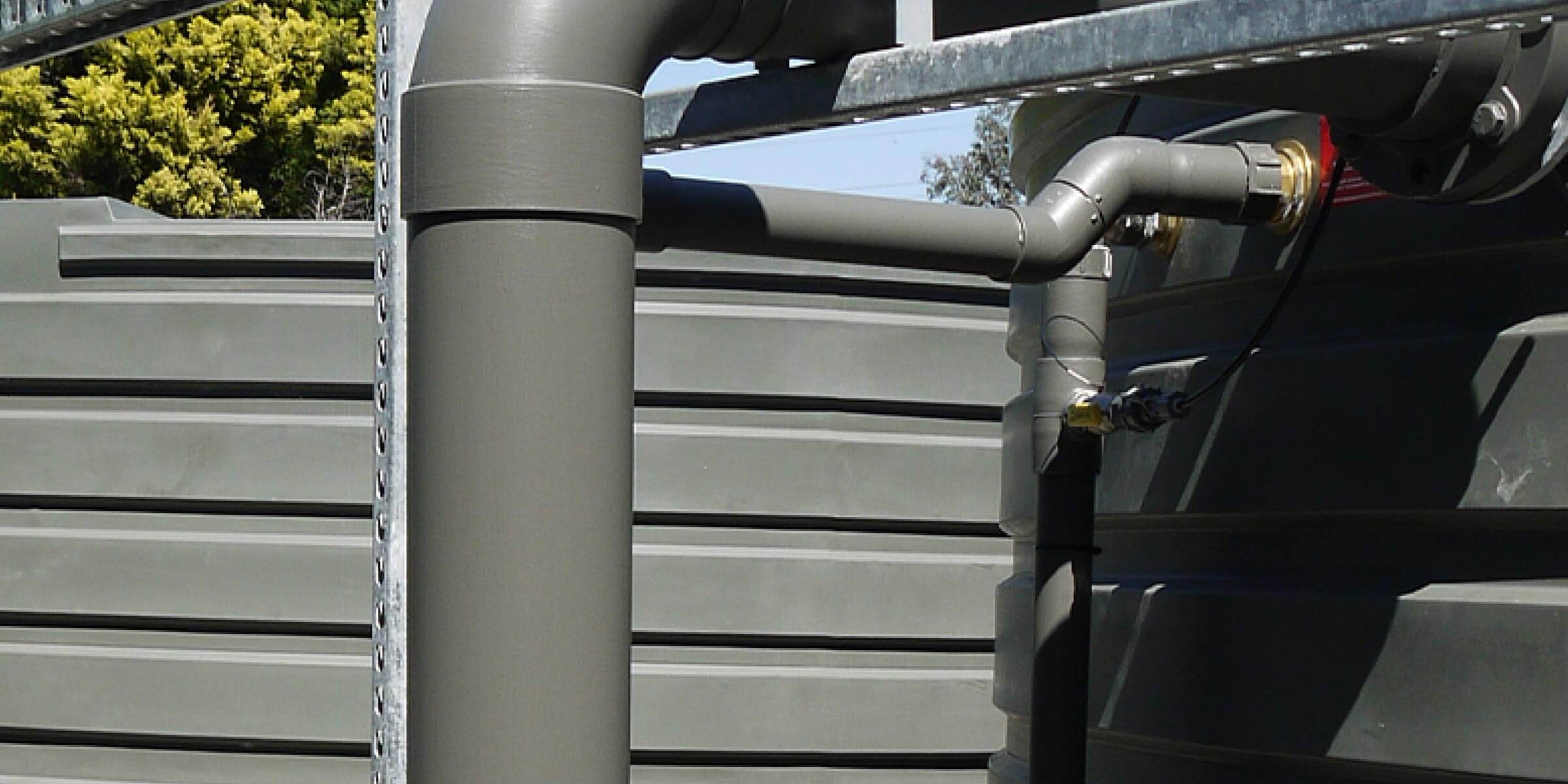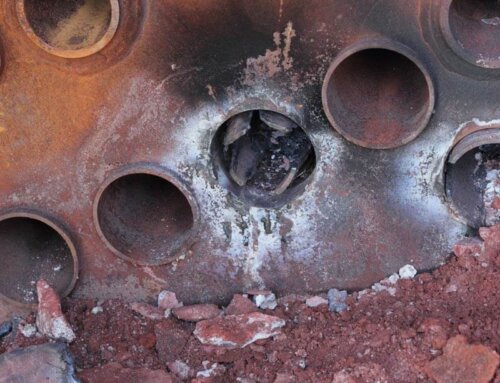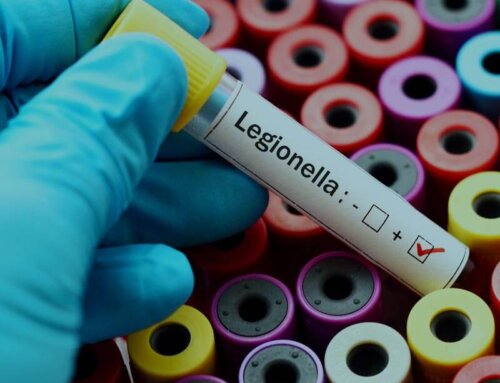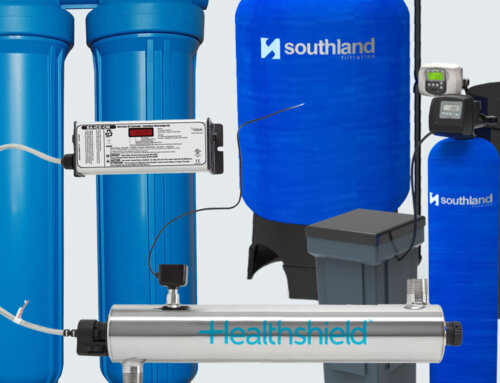Date: 01/06/2018
Read Time: 3min 45sec
Author: James Cox

Key points:
- Rainwater can accumulate chemical and biological contaminants during collection and storage, requiring treatment aligned with its intended use.
- Addressing factors like sediment particles, bacteria, odours, pH levels, turbidity, tannins, conductivity, hardness, suspended solids, and dissolved solids is crucial for rainwater harvesting safety and efficiency.
Introduction
Rainwater can accumulate significant chemical and biological contamination during the process of its collection and storage.
It is critical that the treatment of rainwater is aligned with the intended use, particularly if it will come into contact with humans through irrigation spray, toilet flush, handwashing or drinking. These 10 factors potentially cause problems in rainwater harvesting systems and need to be addressed in the interests of safety.
Sediment Particles
Sediment particles entering a building through the water supply can quickly cause problems such as blockages, corrosion or staining in the plumbing infrastructure or any machinery that uses water. To increase longevity of assets it is recommended that all water entering commercial premises is filtered to 5um level.
Bacteria & Virus
As the rainwater is harvested, organic or inorganic material (including faecal matter), can also collect into the rainwater storage tank. This can result in the development of mosquito larvae which feed on organic nutrients and also algae if the tank is exposed to sunlight. There is also always the risk of animals drowning in above ground tanks, which results in bacterial contamination. The most basic test for bacterial contamination of a water supply is the test for total coliform bacteria; this gives an indication of the general sanitary level. Sediment filtration to 5um, followed by chlorine dosing or UV disinfection, is the most effective methods for eliminating bacteria, such as Legionella, cryptosporidium and giardia.
Odours
Sediment and slime can accumulate in the bottom of tanks that have not been cleaned frequently enough, resulting in unpleasant odours. In warm to hot weather, anaerobic conditions can develop, leading to growth of microorganisms that produce sulphides, with a distinctive sewage or rotten egg-like smell.
pH level
Because carbon dioxide from the atmosphere is absorbed forming carbonic acid, rainwater pH levels are normally below 7. In plastic tanks the pH will remain acidic potentially corroding copper plumbing and brass fittings. If the rainwater is stored in concrete tanks the acidic water will cause lime to leach from the concrete.
Turbidity
Turbidity, the measure of relative clarity of a liquid, quantifies the amount of light that is scattered by material in the water by light shining through the sample. The higher the intensity of scattered light, the higher the turbidity. Materials that contribute to water turbidity include clay, silt, finely divided inorganic and organic matter, algae, soluble colored organic compounds and microscopic organisms.
Tannins
Tannin is a natural organic material which is the byproduct of fermentation process of decaying vegetation. This can be introduced as water passes through gutters which contain leaves, bark, etc. and can cause the water to have a faint yellow to tea-like colour. This can result in staining on fabrics, fixtures, china and laundry.
Conductivity
Although rainwater in its natural state is very close to de-ionised, water conductivity levels can be increased by dissolved contamination collected on the roof.
Hardness
Rainwater is very soft and therefore ideal for laundry and washing. However, this combined with its low alkalinity and low pH can cause corrosion in copper plumbing.
Suspended solids
Suspended solids are small particles which remain in suspension in water as a colloid or due to the motion of the water. It is used as one indicator of water quality. Colloidal particles range between 1 and 1000 nanometers in diameter and are too small to settle out and so remain evenly distributed throughout the sample. Total suspended solids (TSS) is the dry-weight of suspended particles that are not dissolved in a sample of water. Suspended solids can affect ceramic discs, pumps seals and hot water elements.
Dissolved solids
Dissolved solids are any minerals, salts, metals, cations or anions dissolved in the water. Total dissolved solids (TDS) comprise inorganic salts (principally calcium, magnesium, potassium, sodium, bicarbonates, chlorides, and sulfates) and some small amounts of organic matter that are dissolved in water. Dissolved solids cause corrosive activity such as pipework pitting and surface staining.
Get in touch?
We supply a range of standard and custom packaged, low maintenance rainwater harvesting solutions to suit all rainwater harvesting applications. Freecall 1800 656 771 to discuss the best solution for your application or email Andrew.





